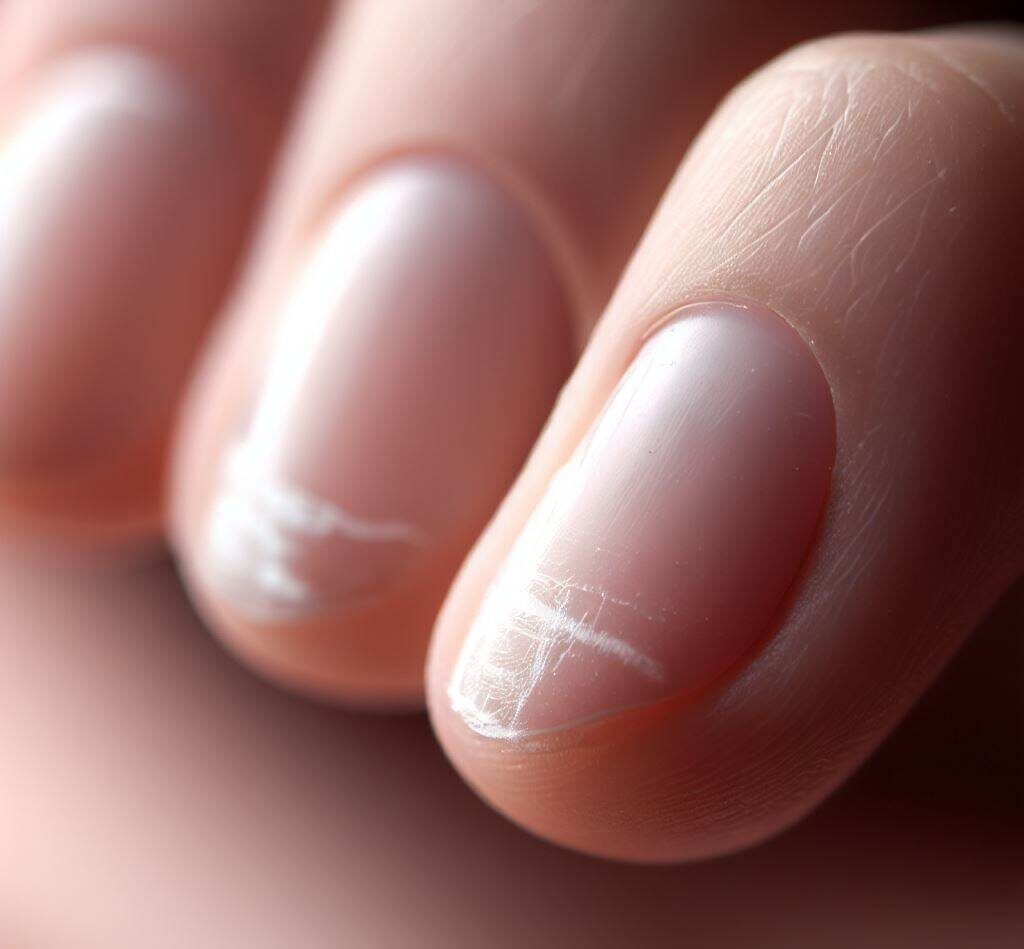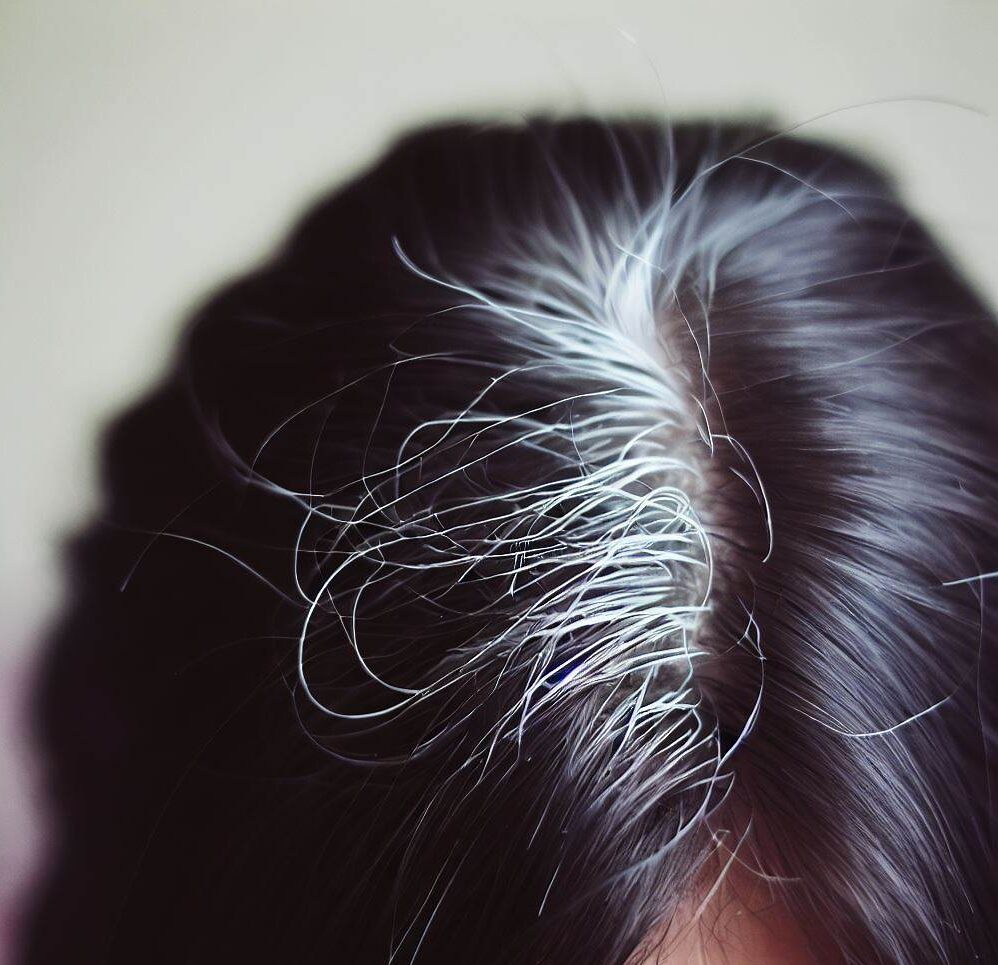As a professional nutritionist, I often encounter clients who come to me with various concerns about their health. One issue that frequently arises is the appearance of white marks or spots on their nails, also known as leukonychia. These white marks can be a cause of concern for many, but fear not, as I’m here to shed light on this phenomenon and its potential relationship with our nutrition.
Understanding Leukonychia:
Leukonychia is a condition characterized by the presence of white discoloration or spots on the nails. These spots can vary in size and may appear on one or multiple nails. There are two main types of leukonychia:
1.True Leukonychia: This type occurs when there is a disturbance in the nail matrix, which is the tissue responsible for nail growth. It’s often associated with internal factors such as minor injuries to the nail bed or certain medical conditions.
2. Apparent Leukonychia: In this type, the discoloration is not related to the nail matrix but is caused by external factors like trauma, excessive use of nail products, or infections.
Nutritional Implications:
As a nutritionist, I always emphasize the importance of a balanced and varied diet to support overall health, including the health of our nails. While true leukonychia is usually more closely linked to internal factors, a poor diet can sometimes contribute to the appearance of white marks on the nails. Here are some nutritional factors to consider:
1. Protein Deficiency: Nails are composed of a protein called keratin, so insufficient protein intake in the diet may lead to brittle and weak nails, making them more susceptible to damage and white spots.
2. Zinc Deficiency: Zinc plays a crucial role in nail growth and repair. A deficiency in this essential mineral may result in the development of white spots on the nails.
3. Vitamin Deficiencies: Deficiencies in certain vitamins, particularly vitamin A, vitamin C, and the B-vitamins (Biotin, in particular), can impact the health of nails and potentially lead to white marks.
4. Calcium and Magnesium: Adequate intake of calcium and magnesium is necessary for maintaining healthy nails. A deficiency in these minerals might contribute to the appearance of white spots.
What to Do:
If you notice white marks on your nails, it’s essential to determine the underlying cause. While nutritional deficiencies could be a contributing factor, it’s not always the sole reason. Here’s what you can do:
1. Evaluate Your Diet: Ensure that you’re consuming a well-balanced diet rich in lean protein, fruits, vegetables, and whole grains. Consider consulting a nutritionist to assess your nutritional intake and identify any potential deficiencies.
2. Stay Hydrated: Proper hydration is essential for healthy nails, as well as overall well-being. Drink an adequate amount of water daily.
3. Protect Your Nails: Avoid excessive use of harsh chemicals and nail products that may damage your nails. Use gloves when handling detergents or engaging in activities that could potentially harm your nails.
4. Supplementation: If a deficiency is suspected, speak with a healthcare professional or a registered dietitian before taking any supplements. They can guide you in choosing the right supplements, if necessary.
White marks on nails can be concerning, but they often indicate a minor issue related to diet or external factors. As a professional nutritionist, I recommend maintaining a balanced diet, staying hydrated, and protecting your nails to support overall nail health. If you have persistent concerns or suspect nutritional deficiencies, seek advice from a healthcare professional for a comprehensive evaluation and personalized recommendations. Remember, healthy nails are just one reflection of our overall well-being, and taking care of our bodies from the inside out is the key to a vibrant life.





